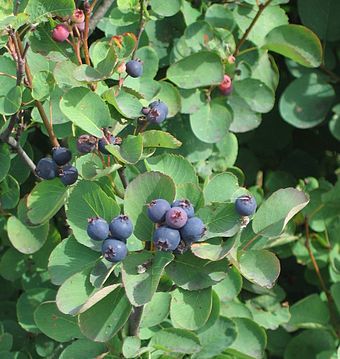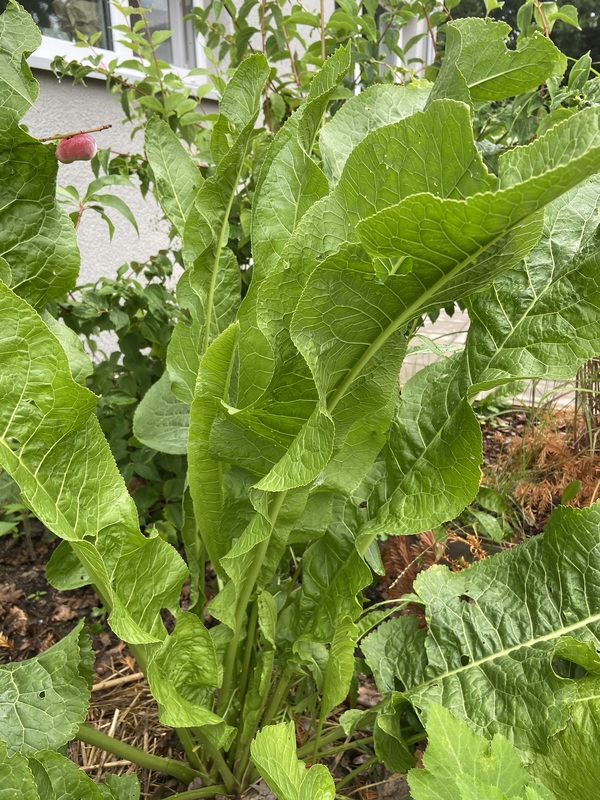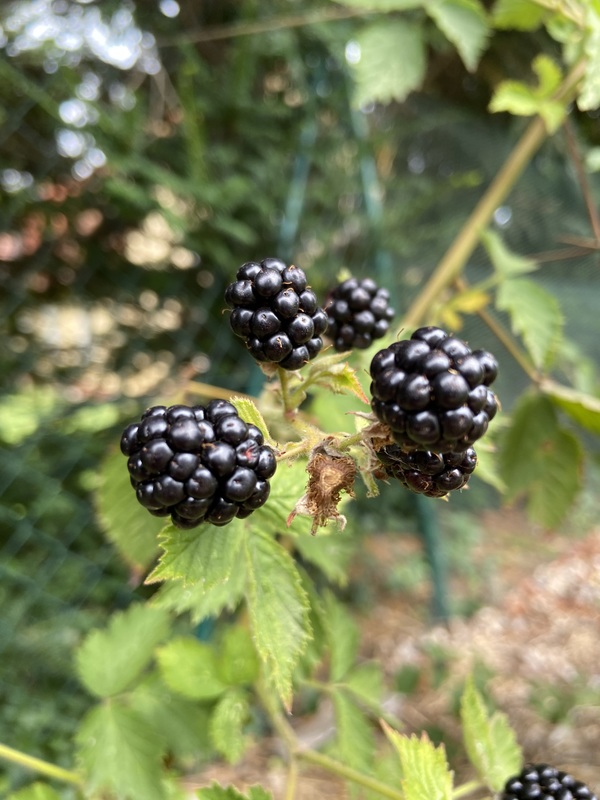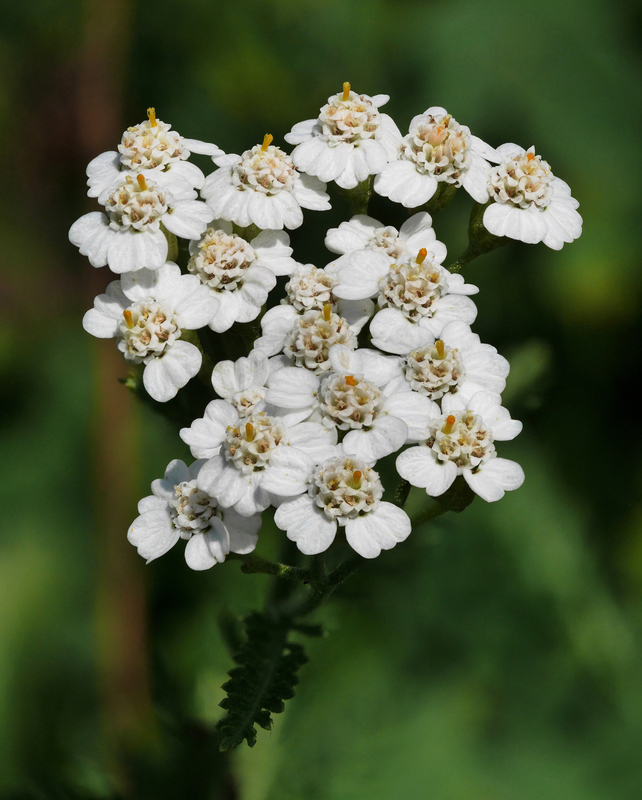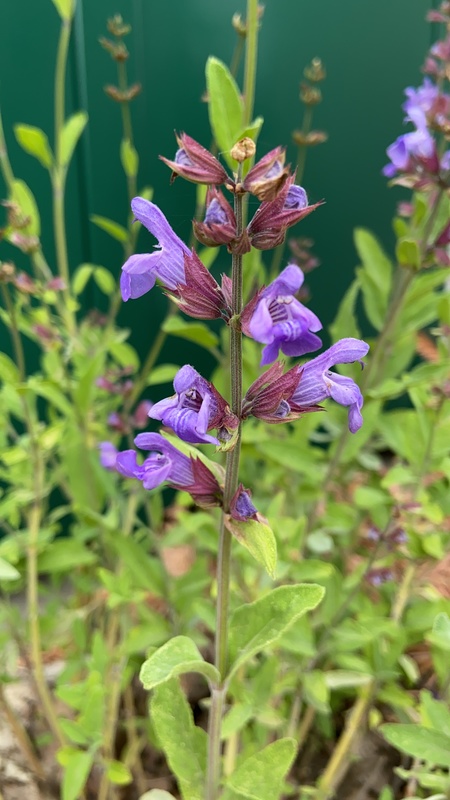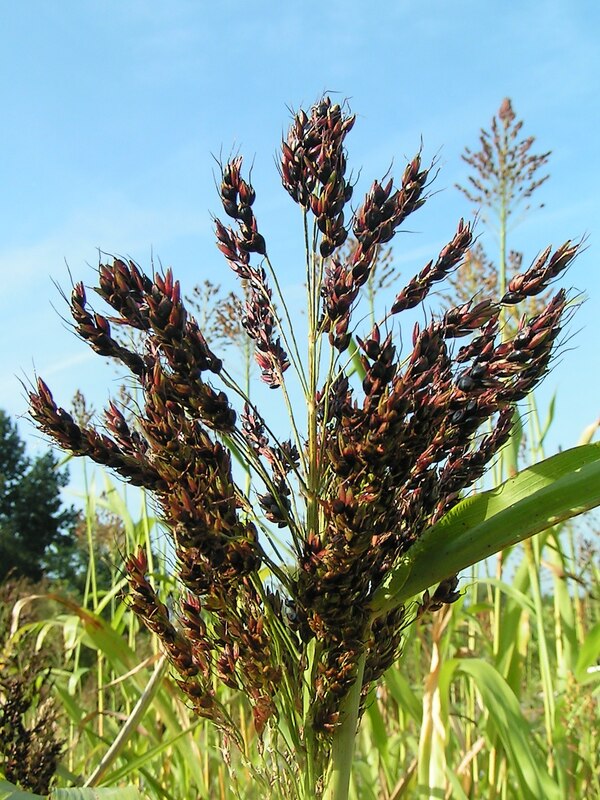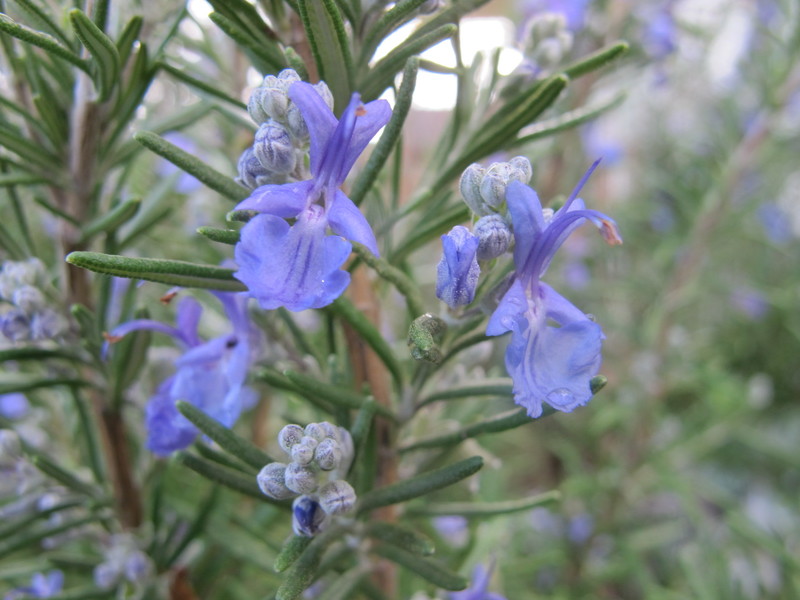Description
Catmint, or Nepeta cataria, is a perennial herb native to Europe, Asia, and North Africa. It has gray-green leaves and small, lavender-colored flowers that bloom in the summer. The plant grows to about 2-3 feet tall and spreads quickly, making it a good choice for ground cover.
In terms of growing conditions, catmint prefers full sun to partial shade and well-drained soil. It is relatively low-maintenance and can tolerate drought conditions. To cultivate it successfully, a grower may need to deadhead the flowers to encourage reblooming and prune the plant in the early spring to maintain its shape.
Catmint is winter hardy and can withstand cold temperatures. It is not edible, but it is valued by gardeners and farmers for its attractive appearance and its ability to attract pollinators like bees and butterflies. The plant also has a pleasant aroma and can be used in potpourri or as a natural insect repellent.
In terms of medicinal uses, catmint has historically been used to treat a variety of ailments, including stomach aches, headaches, and anxiety. It can also be used as a natural fertilizer, as it is known to improve soil health and promote the growth of other plants.
